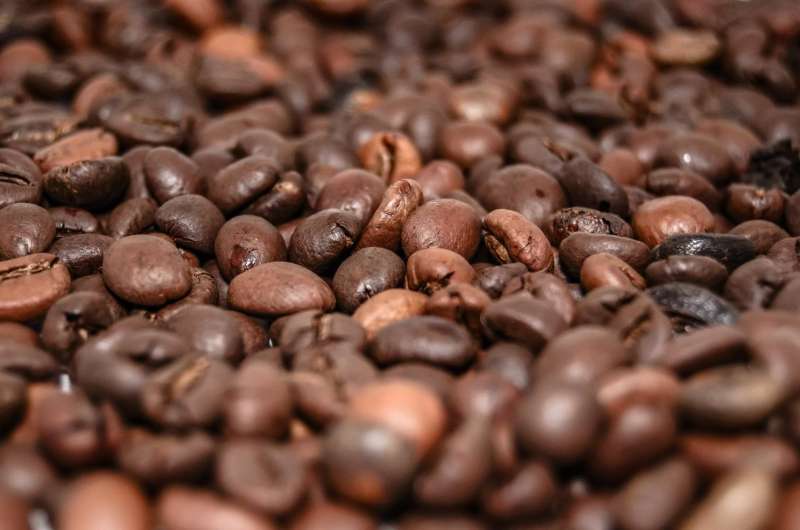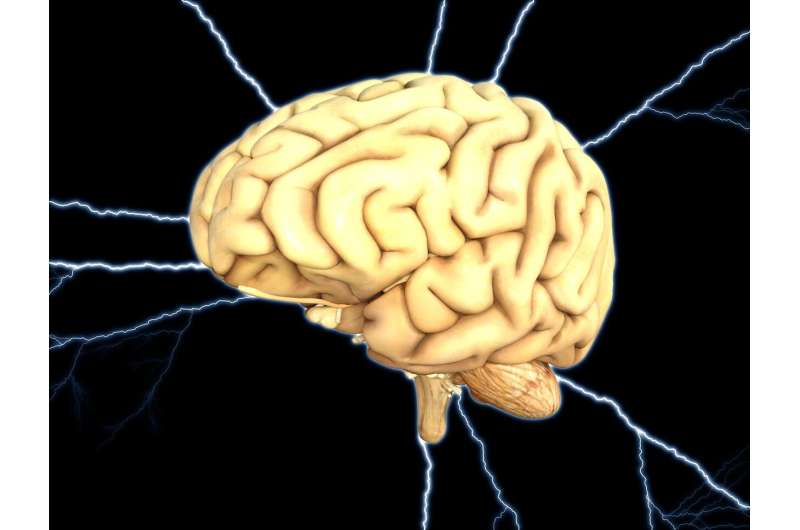Revolutionizing Transplant Diagnostics with AI-Driven Virtual Tissue Staining

A novel AI-based virtual staining technique enhances transplant biopsy analysis by providing rapid, cost-effective, and reliable tissue diagnostics, improving outcomes for transplant patients.
Organ transplants are vital procedures that save lives, restoring organ function and significantly enhancing patients' quality of life. However, detecting transplant rejection remains a critical challenge, as up to 29% of lung and 25% of heart transplant patients experience acute rejection within the first year post-transplant. Rapid and accurate diagnosis is essential to improve outcomes.
Traditional pathology workflows rely heavily on chemical staining of biopsy samples, which is a time-consuming and costly process. This method involves applying multiple stains to tissue sections, often taking days to complete, and is vulnerable to artifacts, uneven dye absorption, and variability between batches, all of which can hamper accurate diagnosis especially when subtle tissue changes indicate rejection.
A groundbreaking advancement has emerged from UCLA's Engineering Institute for Technology Advancement, led by Professor Aydogan Ozcan, in collaboration with experts from USC and UC Davis. They have developed an innovative AI-powered virtual staining platform that digitally replicates the appearance of standard histochemical stains—such as Hematoxylin & Eosin (H&E), Masson's Trichrome (MT), and Verhoeff-Van Gieson (EVG)—for lung tissue, and H&E and MT for heart tissue. This technology processes autofluorescence microscopic images of unstained biopsy slices through deep neural networks to generate high-resolution, stain-like digital images that accurately highlight features indicative of transplant rejection.
This approach drastically reduces the need for chemical reagents, shortens diagnostic turnaround times, and preserves tissue for further molecular analysis. Moreover, the virtual slides demonstrate non-inferior, and sometimes superior, quality compared to conventional stained samples, especially in cases complicated by histochemical artifacts. The method also ensures consistent coloring across slides, minimizing inter-batch variability and facilitating downstream AI-based diagnostics.
In a blinded study, the virtual staining process achieved diagnostic concordance rates of 82.4% for lung biopsies and 91.7% for heart biopsies in detecting rejection cases, comparing favorably with traditional staining methods. These results underscore the potential for virtual staining to streamline pathology workflows, reduce costs, and enhance diagnostic reliability.
Overall, this digital pathology innovation paves the way for scalable, efficient, and cost-effective transplant monitoring. The future of this technology aims to expand to other organ types and disease stages, ultimately facilitating faster and more accurate transplant care worldwide.
Source: https://medicalxpress.com/news/2025-07-ai-powered-virtual-biopsies-transplant.html
Stay Updated with Mia's Feed
Get the latest health & wellness insights delivered straight to your inbox.
Related Articles
The Risks and Benefits of Caffeine Pouches: A Modern Energy Boost
Caffeine pouches are a modern, discreet way to boost energy quickly, but they pose significant health risks, especially for young users and those with underlying conditions. Learn more about their effects and regulation issues.
Understanding Sex Differences in Neurological Disorders
Recent research highlights how sex influences dopamine regulation in the brain, opening new avenues for personalized treatments of neurological and psychiatric conditions such as TS, schizophrenia, and ADHD.
Understanding How a Fluttering Heart Can Increase Stroke Risk
Learn about atrial fibrillation, its link to stroke, and the latest treatment options that help manage heart rhythm disorders and reduce stroke risk.



